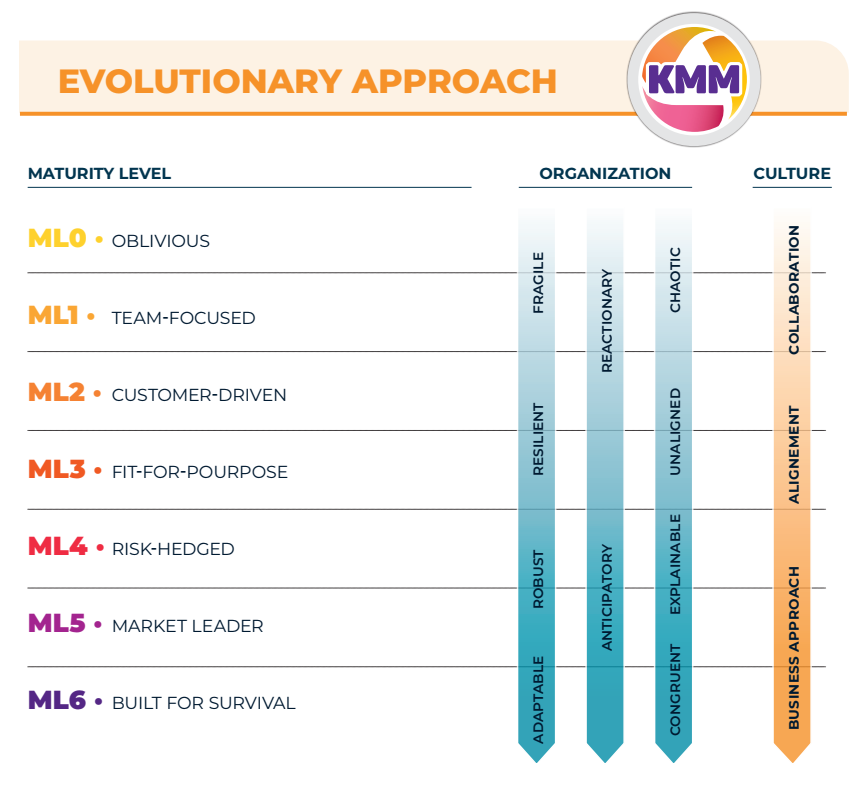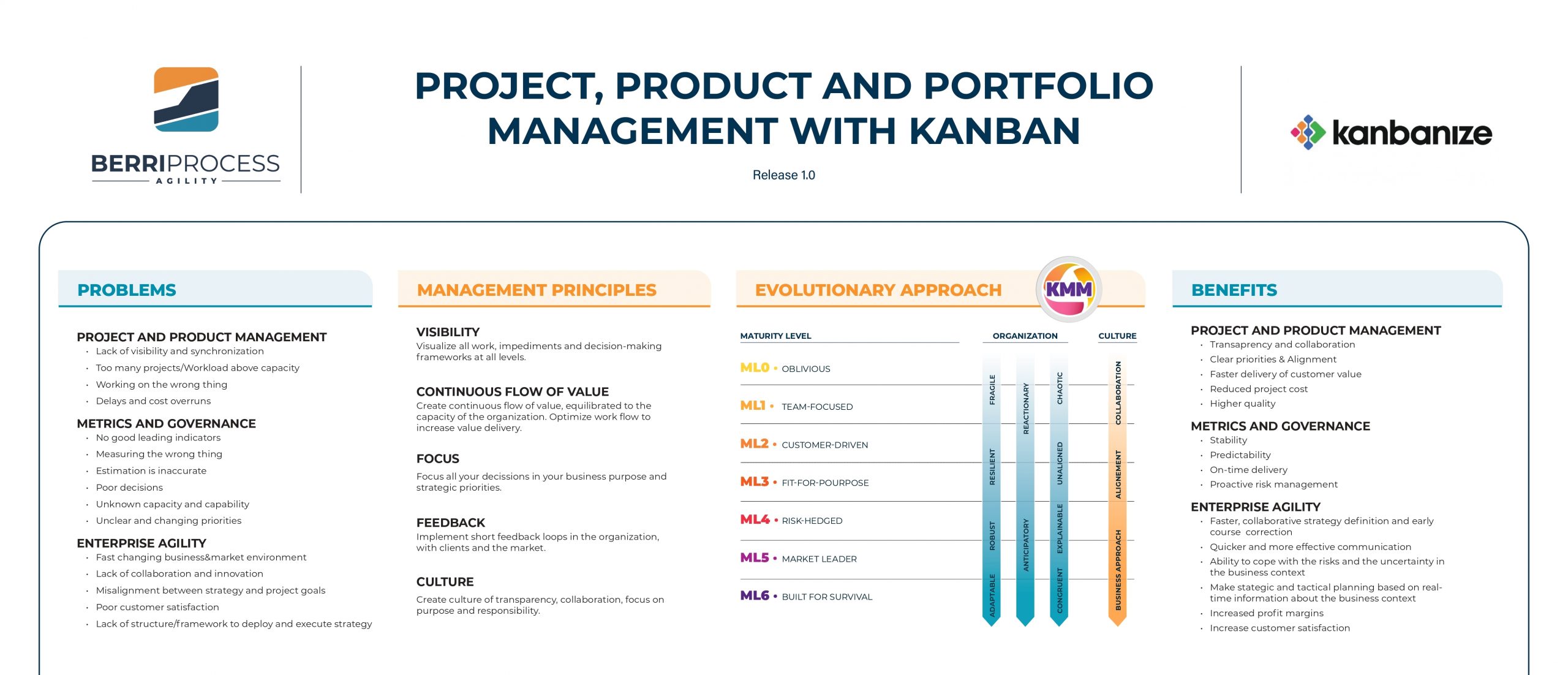“It is crucial for us to complete our project milestones. We cannot afford any delay.
We must have our projects under control.“
– PMO Director of a large company
This is what a PMO Director of a large industrial company told me recently in a conversation regarding their approach to project and portfolio management.
I myself used to manage software development projects and I have been consulting project companies for more than 15 years. Time passes but we keep seeing the following problems in the organizations:
- Lack of visibility in project work status
- Late identification of problems and risks and therefore, late reaction
- Project delays and budget overruns
- Lack of coordination between project teams
- Frequently changing priorities and inability to respond to them
- Wrong estimates, lack of predictability
- Low product quality, lots of defects and rework
- Customers requesting better products and services
- Too much effort needed for obtaining project status information, re-planning, etc.
I am pretty sure you recognize at least some of these challenges and you seek a way to resolve the daily project issues rapidly, so that you can dedicate more time to developing your business. Furthermore, you wish to make space in your daily routine for doing sport, spending time with your family, and have enough sleep… Understandable desires!
Visualize your project team(s) working in a well-coordinated manner. Visualize your organization working in harmony. Visualize your customers happy after receiving the right information about the status of their project and eventually obtaining the requested product or service on time. Visualize yourself focused on how to grow the business and also having enough energy for your leisure time.
Integrating Kanban practices in your project management methodology can take you to what you aspire. This does not mean that you have to make a radical change in your project management.
Managing projects and portfolio with Kanban is not about substituting your project management method with a new one. It is about complementing it with Kanban practices that help you cope with the most painful management problems.
A number of companies have used Kanban to obtain visibility in the real status of their projects, establish clear priorities, align business units, speed up delivery of customer value, achieve smooth and predictable workflow, and develop a culture of transparency, collaboration and focus on business purpose. You can find the case studies of some of these companies on our web site. Making the right steps they saw improvements in less than a year.
3 Kanban tactics for taking control over your projects
The Kanban Project and Portfolio Management poster resumes the three essential routines that will take you and your organization to your aim:
- Visualize and manage development flows
- Feedback loops – Introduce the right feedback in your project and portfolio meetings
- Metrics – Use the right metrics and process understanding for managing the project flow
Using kanban boards to visualize the development flows at every level at which you take decisions brings awareness of the actual status of the project work. Signaling priorities, blockers, rework, capacity and real workload of your teams (system) alert you about risks of delay, overburdening or unsatisfiable product quality. You need this feedback on-time to be able to resolve issues quickly and effectively correct the course of your project towards its deadline.
However, visualization only will not resolve all the challenges in your project management. Although visual boards show important aspects of your work, you will also need data to manage project progress and achieve predictable and balanced flow of results.
The flow-related metrics and data will help you answer questions such as how long does it take us to develop a work item of type A (e.g. a plan, a component, a feature)? What is the impact of a given blocking issue on the project delivery time and budget? With the current capability and workload when do we expect to start and deliver a certain project?
For sure, your project management process includes periodic work reviewing and planning meetings. The Kanban cadences incorporate the systems thinking approach to managing work across the entire organization and seeing work in progress as inventory, even if it is invisible knowledge work. They are focused on providing frequent feedback about unforeseen events, changes to project requirements and/or priorities, system capability, and impact of internal and external dependencies. Integrating them with your current project meetings allows you to make coherent decisions and re-align the team(s) and the organization around project objectives and/or strategic goals.
Overall, ingraining these 3 Kanban tactics in your project management routines strengthen the abilities of your organization to work aligned around a purpose, respond rapidly and adequately to changes in your projects, resolve obstacles quickly, meet deadlines and customer requirements continually. Briefly, they develop your organizational agility.
An evolutionary approach to upgrading your way of project management
As said before, you do not impose new habits all of a sudden. Evolving from where you are to where you aspire to be is a journey. A number of organizations have experienced it and we know the potential barriers on it as well as how to overcome them.

The Kanban Maturity Model (KMM) provides guidance that help you avoid drawbacks and ensure a smooth and inspirational progress of your transformation.
The KMM defines 7 levels of organizational maturity. With respect to project management, maturity level 0 refers to cases when an individual manages their own project work. Organizations typically start from introducing practices for managing team work (maturity level 1, ML1). Then, continue with coordinating one or more teams in an end-to-end project workflow (ML2). ML3 is about aligning several project/product and service lines and balancing the workflows across them in order to continually meet customer expectations in a sustainable manner. ML4 organizations develop strong skills in risk hedging, flow efficiency optimization, dynamic capacity allocation and portfolio management. Therefore, they achieve improved economic results while keeping high level of customer and stakeholder satisfaction. ML5&6 are about building culture and skills for market leadership, congruence, and reinvention.
At each level appropriate Kanban practices are combined with relevant cultural values to ensure that the achieved improvements in the management abilities, organizational culture and business outcomes last long.
Download the Kanban Project and Portfolio poster. It visualizes how your project and portfolio management practices develop together with the evolution of your organization.
Read Upgrading your project management method step by step with the KMM for more details and insights.
Follow us to learn more about developing agility of project organizations.
Related posts:
- Upgrading your project management process step by step with the KMM
- Kanban Maturity Model – Start Change With Heart
Teodora Bozheva
Accredited Kanban Trainer & Consultant
Co-author of the Kanban Maturity Model
www.berriprocess.com



